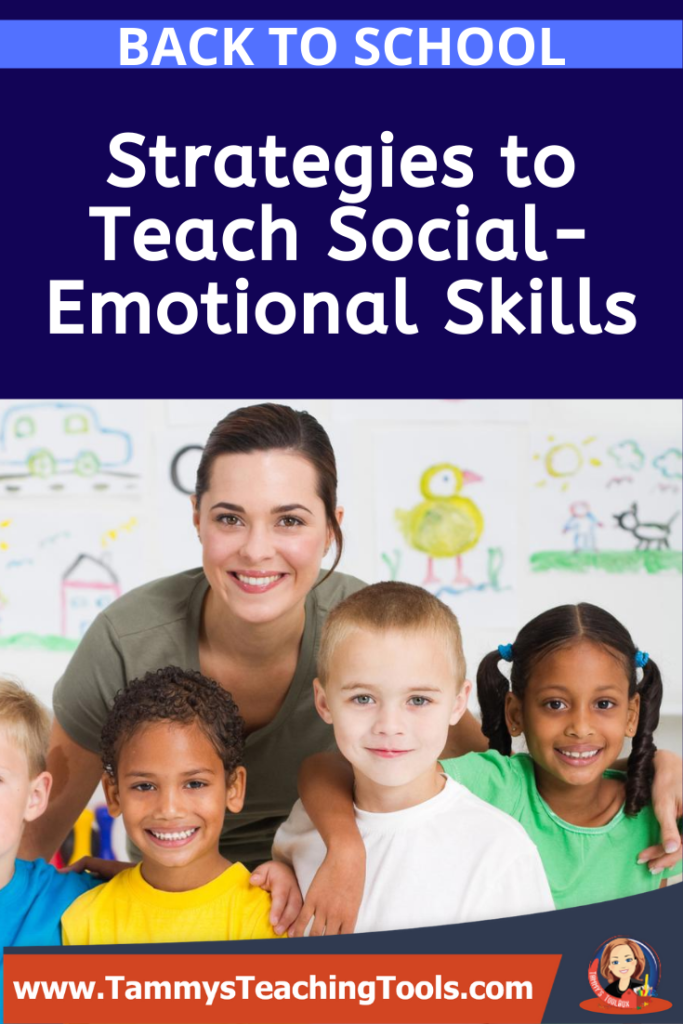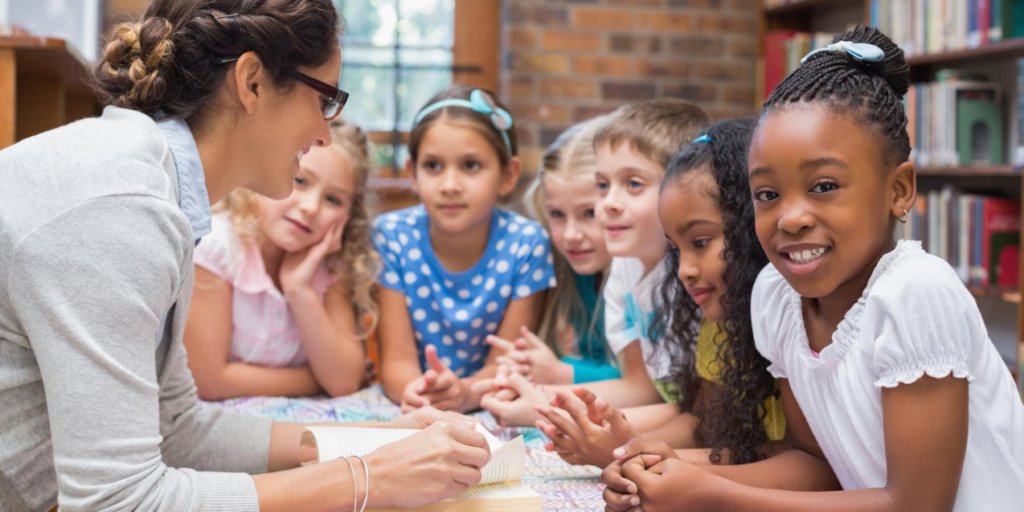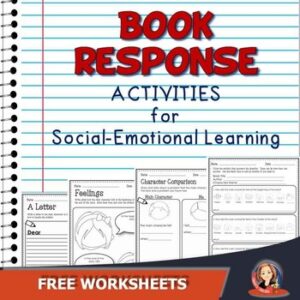Social-Emotional Learning Strategies for Back to School Transition
It’s back to school time, and many students are transitioning from distance learning full time to part-time distance learning or in-person schooling. There are a lot of emotions for students, parents, and teachers at this time. As adults, it’s easier to ask questions and manage our emotions. For children, it’s often difficult to navigate exactly what they’re feeling. That’s why social-emotional learning should be at the top of every educator’s list of lessons and learning strategies this fall. Here are some social-emotional learning strategies for back to school transition.
 What is Social-Emotional Learning?
What is Social-Emotional Learning?
Social-emotional learning refers to the process of helping students recognize their own feelings and emotions. Emotions like anger, worry, empathy, and honesty all live under the social-emotional umbrella. Teaching social-emotional learning helps students foster positive peer and adult relationships, regulate their own classroom behavior, manage tasks, and become aware of their own thoughts and feelings.
Social-Emotional Learning Strategies
When returning to school either digitally or in-person, students are going to have a lot of questions. Some may feel anxious while others may be excited to get started right away. These strategies will help students manage their own emotions when returning to school.
Begin with Home-School Communication
Teachers should reach out to parents and develop that relationship as soon as possible this year. Put together a Google Form survey and ask parents to share any concerns they have about their student’s transition back to school. Even students that perform high academically may have emotions to deal with from being away from school. It’s also important for parents to have a plan for how you will be utilizing technology and what kind of resources are available for students that have gaps either socially or academically from the extended break.
Put Student Feelings First
Whether you are a parent or teacher, it’s OK to be nervous about the return to school plan. However, communicating your own fears with students in the classroom or even your own kids can make them more nervous. If you’re a parent making the decision to homeschool, it’s fine to share your thought process with your children. However, once students return to school, it’s vital that parents and teachers don’t project their own anxiety and worry onto children. Let your students share their feelings and affirm that things will be difficult and different at times, but don’t show that you don’t want to be back to school or are afraid.
Talk to Someone About Your Own Feelings
If, as an adult, you’re feeling anxious about returning to school, do talk to someone! Talking to other adults and even professionals can help with your own social-emotional support. Some district health plans have Employee Assistance Programs with free counseling visits. Use resources to help promote your own health, safety, and mental health.
Teach Social-Emotional Skills with High-Quality Children’s Literature
Books and stories, particularly through read-alouds, can help students find ways to own their thoughts and feelings. Sometimes younger learners have a difficult time putting their emotions into words. By reading stories with engaging characters, plot lines, and lessons, children can recognize their own feelings through the eyes of the characters on the pages. Rather than sharing a read-aloud in isolation, allow it to turn into a discussion with your students about a given emotion. Check out some popular titles and ways to use children’s literature to teach social-emotional skills in the classroom.
 Give Daily Temperature Checks
Give Daily Temperature Checks
No, I am not referring to thermometer checks at the door. In fact, in-school or virtual daily temperature checks allow students to communicate how they are feeling on a given day and share additional information you as a teacher may need to support them. For younger students, try an emoji scale ranging from angry face, sad face, straight face, half smile, and finally, full toothy smile. This is a quick way for a child to tell you how they are feeling that day. There can also be a place to record anything else (positive or negative) the students want you to know. Try this check-in on a Google Form that you can use directly with your learning platform. If you’re students are in the classroom full-time, you can have a chart with a private identifier (like a number) where students can share their emoji.
These social-emotional learning strategies for back to school transition are here to support teachers, parents, and most importantly, students. Keep students first in your plans for social-emotional learning, and always know that the core curriculum can take a break on days where your students just need to talk. Their social-emotional needs will be higher than ever this year, and teachers are there to support and love our kids!




